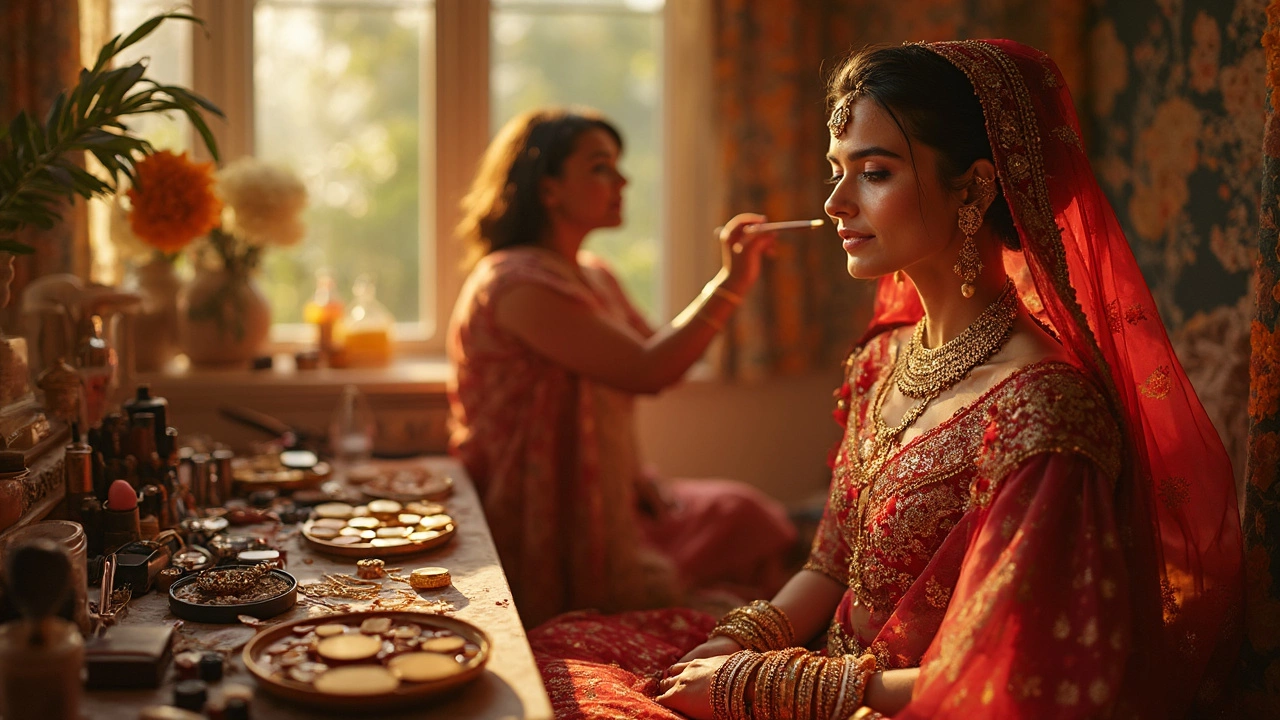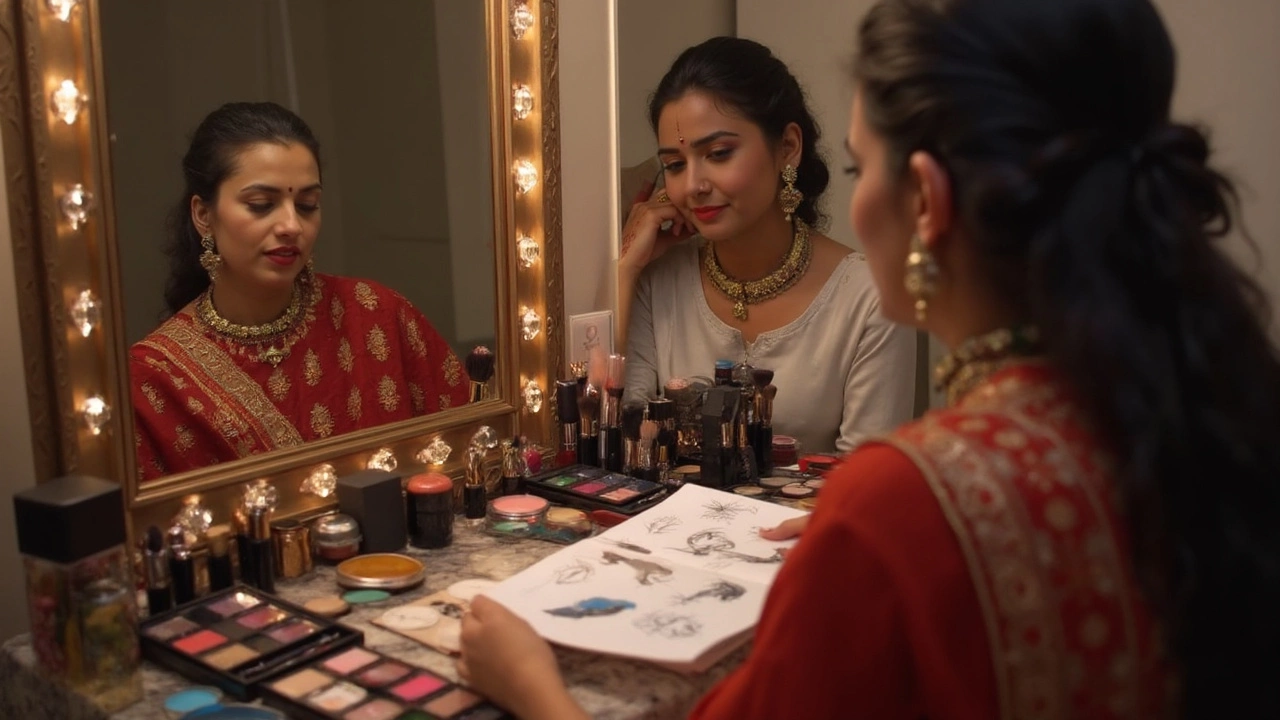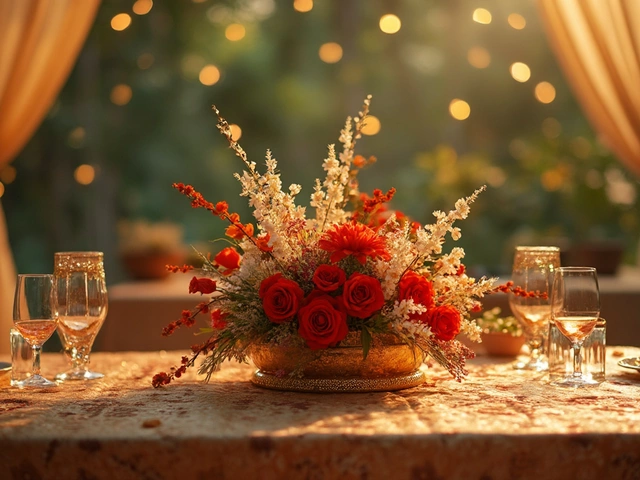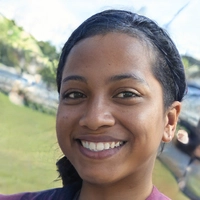
Sticker shock hits hard when you see the price tag for bridal makeup compared to your usual makeup session. Sitting in a makeup chair for your wedding day can cost double—or even triple—what you’d pay for a regular night out. So what’s really going on?
Bridal makeup isn’t just about slapping on a bit of foundation and lipstick. Makeup artists treat it like a major project, starting their prep days or weeks before your actual appointment. They scout out the best long-lasting products, plan looks tailored to your vibe, and set aside time for a wedding trial. This is about more than your skin tone and favorite shades; it’s a personal service meant to survive happy tears, hugs, endless camera flashes, and hours on the dancefloor.
If you’ve ever wondered if it’s worth paying extra for the ‘bridal’ title, you’re not alone. It helps to know what you’re getting—and how to make the most of every dollar spent. Let’s break down the main reasons behind the higher cost, and share some real-life tips on getting pro results without breaking the bank.
- What Makes Bridal Makeup Stand Out
- Time and Preparation: The Hidden Costs
- High-Quality Products and Tools
- Skill, Experience, and Wedding Pressure
- Trials, Touch-Ups, and On-Location Service
- Tips for Getting the Best Value
What Makes Bridal Makeup Stand Out
Regular makeup is all about getting you ready for a few hours of fun, but bridal makeup ramps things up on every level. Wedding days can last 12 hours or more, and the makeup needs to survive hugs, dancing, sweat, and probably a few happy tears. We’re talking true marathon makeup, not just a sprint.
Bridal makeup artists use techniques and products geared for high-def cameras and strong lighting. Foundation alone has to be lightweight but high-coverage, not to mention photoshoot-proof. This isn’t just someone doing your makeup; it’s someone who knows exactly how your look will turn up in photos, in sunlight, and even under those wild dance floor lights.
- Makeup artists personalize every single step—from color-matching foundation for your skin undertones, to prepping your skin days before with special treatments.
- False lashes? Almost a given for weddings. Waterproof mascara? Absolutely required.
- All-day lip color is a must. You don’t want to be sneaking off to re-apply lipstick during your first dance.
"Bridal makeup isn’t just about looking beautiful in person, but also translating perfectly on camera, under pressure, and for hours at a time." — Charlotte Tilbury, celebrity makeup artist
The other big thing that makes bridal makeup special is customizing the look. It’s completely based on your style and the vibe of your wedding. Someone going for minimal elegance will get a totally different palette and technique than a bride who wants old Hollywood glamour. And it’s not just your taste—artists will even factor in your dress, flowers, and even the season so you don’t melt in July or look washed out in winter.
If you’re hiring a pro, remember: you’re paying for their experience not just with skin, but with wedding days—those million tiny details (like tear-proof concealer and anti-shine powder). When you want makeup that looks flawless both in real life and on Instagram, that extra expertise and planning really shows.
Time and Preparation: The Hidden Costs
When it comes to bridal makeup, you’re not just paying for someone to show up with a makeup kit on your big day. There’s a lot going on behind the scenes that you might not notice, but it matters—big time.
First off, makeup artists spend a good chunk of time talking with you before you even sit in the chair. That first call or consult usually covers what look you want, your skin type, and whether you have any allergies. All these chats are free for you, but they take real time out of the artist’s day.
Then, there’s the bridal trial. This isn’t just a bonus—it’s pretty much essential. A trial can last anywhere from one to two hours (sometimes longer), and all that time is only for you. You get to try different looks, tweak the details, and make sure you actually love your makeup in every kind of light. The artist will note down everything, take photos, and plan exactly how to repeat your look on the big day with zero surprises.
Don’t forget prep work before the wedding. Artists clean and prep their brushes, sanitize every piece of equipment, and check their entire kit for anything you might need. If your artist is traveling to your venue, they’ll factor in drive time, setting up in a new space, and hauling everything but the kitchen sink to make sure you don’t miss a single touch-up.
Take a look at how all this prep stacks up against a regular makeup appointment:
| Task | Bridal Makeup | Regular Makeup |
|---|---|---|
| Consultation | 30-60 mins | Usually none |
| Trial Run | 60-120 mins | None |
| Product/Tool Prep | High | Standard |
| Travel & Setup | Often required | Usually at salon |
Add all this up, and a makeup artist might spend five hours or more on just one bride. So when you compare the price to a quick session before a night out, you’re really paying for a personalized, start-to-finish service.
High-Quality Products and Tools
If you’ve ever wondered what you’re paying for with bridal makeup, the answer sits right in a makeup artist’s kit: it’s full of high-end products and pro tools you likely won’t find at the local drugstore. Pros invest in foundations that don’t melt off in the heat, waterproof mascaras that really don’t budge, and primers that keep skin looking smooth for hours. Top brands like Charlotte Tilbury, NARS, and MAC often end up in your bridal look for a reason—they last long, look great on camera, and work on all skin types.
On top of all that, artists rely on pro brushes and sponges, airbrush machines, and specific setting sprays that are made to handle 12-hour marathons. These pro-grade tools don’t come cheap, and makeup artists replace them often to make sure everything is spotless and safe for sensitive skin.
Take setting sprays, for example: Urban Decay’s All Nighter Setting Spray has basically become the industry standard for wedding days, keeping makeup fresh through sweat and tears. False lashes? Those aren’t your basic pharmacy strip—they often use brands like Ardell or Lilly Lashes for a fuller, natural look that feels comfy all day. And it’s not just about what you see; sanitary best practices mean makeup artists buy tons of disposable wands, spatulas, and cleansers to keep everything germ-free between clients.
| Product Type | Example Brands | Reason for Use |
|---|---|---|
| Foundation | MAC, Giorgio Armani, NARS | High coverage, long wear |
| Setting Spray | Urban Decay, Morphe | Increases longevity, smudge-proof |
| Brushes/Tools | Sigma, Beautyblender, Artis | Flawless application, hygiene |
Another thing: some makeup artists travel with portable ring lights so your makeup is color-matched for any lighting, which is a game-changer for photography. All this top gear costs a lot to buy and keep in working order, and you’re paying for access to tools that really do make a difference on such a huge day.

Skill, Experience, and Wedding Pressure
There’s a world of difference between every day makeup and bridal makeup—and it starts with the person holding the brushes. The best wedding makeup artists don’t just have loads of practice applying eyeliner; they’re experts in skin types, face shapes, cultural traditions, lighting for photos, and stress management. Not every MUA (makeup artist) can keep their cool during a wedding morning panic, but a true pro can handle anything from a nervous bride to last-minute changes in hair or dress.
Years of experience matter. Some artists have built their reputation working with hundreds of brides, scouting out what works for long-lasting, tear-proof results. According to The Knot’s 2024 Beauty Survey, over 70% of brides say their makeup artist’s portfolio and experience were the top reasons for hiring them. That skillset is what keeps your makeup from sliding off after hours of hugs and happy tears.
Plus, weddings bring a level of pressure you just don’t get with everyday appointments. Brides want to look flawless both in real life and in hundreds of photos. There’s no room for experimenting or do-overs. That’s why most pros run a full trial, swapping out shades until it’s exactly right. On the big day, they’ve got to nail it on the first try with everyone watching.
“It’s not just the makeup—it’s the high-stakes environment. You’re trusted with a bride’s biggest day, so your timing, trouble-shooting, and calm energy are just as important as your technical skill.” — Sarah Moon, Professional Bridal Makeup Artist
If you’re hiring a bridal makeup artist, you’re paying for far more than products. It’s those years of practice, steady nerves, and the ability to make you feel relaxed—even when the clock is ticking and the whole family is knocking on the door.
Trials, Touch-Ups, and On-Location Service
When you book bridal makeup, it usually comes with a trial session—and yes, that’s a big reason the final price is higher. Most makeup artists include a separate run-through weeks before the wedding. This is when you and your artist try out looks, tweak colors, and test products to see what lasts the longest on your skin. It’s your chance to see exactly how you’ll look on your wedding day and avoid any surprises. For peace of mind, plenty of brides schedule their hair trial at the same time and even snap a few photos to see how everything holds up in daylight or camera flashes.
Touch-ups are another factor. Unlike regular makeup appointments, your wedding beauty service doesn’t end the moment you stand up from the chair. Many artists offer touch-up options—and if you want, they’ll stay by your side for hours. This could mean following you from ceremony to photos and even to your reception, making sure your makeup looks flawless for every moment. That extra time and commitment costs money, but it keeps you looking fresh for everything from teary vows to cake cutting.
Then there’s the on-location service. Dragging your whole bridal party to a salon at dawn is a headache, which is why most brides choose to have the artist come to them. On-location service means packing up loads of products, lights, mirrors, and tools, then setting up at your venue, hotel, or home. All that travel, packing, and setup time is rolled into what you pay. A quick look at recent market research shows that in 2024, about 81% of makeup artists reported traveling to weddings, with a separate fee ranging from $50 to $200 based on distance and location.
Makeup artist fees also cover things like:
- Extra time spent waiting between events (think: sudden schedule changes or unexpected photo sessions)
- Doing makeup for the bridal party and sometimes moms, too
- Travel costs, tolls, and setup/clean-up at the venue
- Special products only used for weddings, including waterproof and HD formulas made for photos
So the next time you see a high price listed for bridal makeup, remember—you're not just paying for the makeup itself, but for a hassle-free, pro-level experience from the first trial to your last dance as newlyweds.
Tips for Getting the Best Value
Nobody wants to overspend on bridal makeup, and there are ways to stretch your budget without skimping on results. Here’s how you can get the most for your money—and still land that flawless wedding-day look.
- Book early and ask about packages. Makeup artists’ calendars fill up fast, especially during peak wedding season (May-October). Booking months ahead saves you from price hikes, and many artists will offer deals if you book group services—think bridesmaids, moms, or even trial sessions bundled with the big day.
- Don’t skip the trial. About 80% of brides who have a trial avoid last-minute issues with allergies, wrong shades, or styles that don’t work. It’s an investment up front, but it usually saves time, stress, and even money since last-minute changes tend to be pricey.
- Ask about touch-up kits. Some makeup artists include a small kit for lipstick, powder, or blotting papers in the price—others charge extra. Make sure you know what’s included. If it’s not, you can buy simple products ahead of time and keep them on hand throughout your day.
- Be honest about your needs. Not every bride wants full-glam; if you prefer natural makeup, tell your artist right away. Less intensive looks sometimes mean a shorter session, fewer products, and a lower price. Always communicate your budget upfront—some artists will customize their services to fit what you can spend.
- Check what’s in the contract. Watch out for hidden charges—extra fees for travel, false lashes, airbrush foundation, or extra hours. Always ask for a written contract with all details and costs spelled out. Most pros are straightforward, but it’s better to double-check.
For a snapshot, here’s what might be included in a typical bridal makeup price vs. a regular makeup session:
| Service | Bridal Makeup | Regular Makeup |
|---|---|---|
| Consultation & Trial | Included/Optional | Rarely Offered |
| Long-Lasting, Waterproof Products | Always | Sometimes |
| On-location Service | Usually | Rarely |
| Touch-up Kit Provided | Often | No |
| Time Investment | 2-3 hours | 45 min – 1 hour |
Lastly, check reviews and portfolios. The best way to get your money’s worth is hiring a makeup artist who truly understands wedding beauty—not just someone who knows their way around mascara. A little research here can mean all the difference in your photos and memories.



Comments
Post Comment